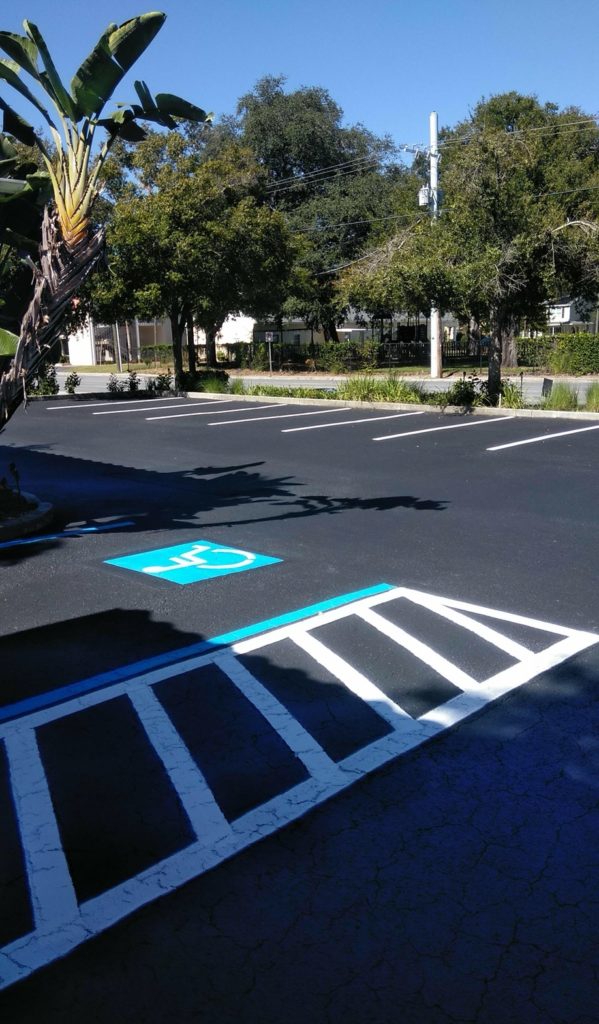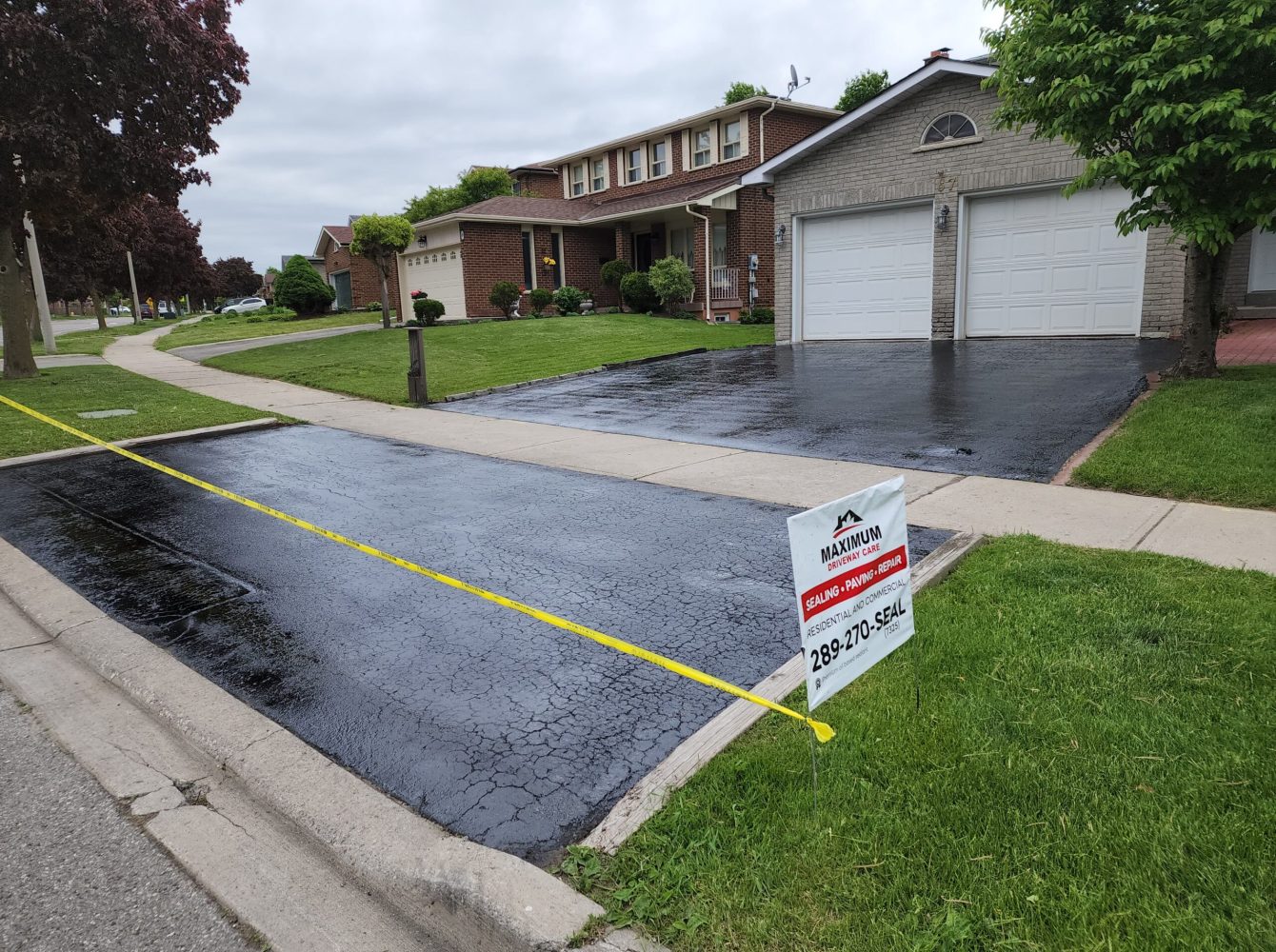Warm Mix Asphalt: A Sustainable Option for Sidewalk
Hot Mix Asphalt (HMA) has actually become a leading lasting option for pavement solutions, using a myriad of innovative modern technologies and ecological advantages. Its capability to lower and recycle materials energy consumption offers an engaging situation for its adoption in road building and construction jobs. In addition, the lasting efficiency and resilience of HMA make it a favored choice for framework advancement. As the need for environment-friendly building techniques expands, exploring the nuances of HMA's sustainability can give beneficial understandings into the future of pavement remedies.
Environmental Advantages of Warm Mix Asphalt

Additionally, Hot Mix Asphalt helps to reduce city heat island effects. Its dark color takes in sunshine, lowering the quantity of warm reflected back right into the atmosphere contrasted to lighter-colored pavements. This can lower ambient temperature levels in metropolitan locations, reducing the demand for air conditioning and ultimately minimizing power intake.
On top of that, Warm Mix Asphalt adds to improved stormwater monitoring. Its porous nature allows water to infiltrate the pavement and charge groundwater supplies, lowering overflow and the risk of flooding. These ecological advantages make Hot Mix Asphalt a sustainable selection for leading roads and highways.
Energy Performance in HMA Manufacturing
Is energy effectiveness a critical consider the production of Hot Mix Asphalt (HMA)? Absolutely. Power plays a substantial role in the production of HMA, impacting both cost and environmental sustainability. One crucial aspect of energy efficiency in HMA production is the use of cozy mix asphalt (WMA) modern technologies (angled parking). WMA permits the mixing and positioning of asphalt at reduced temperature levels compared to conventional hot mix asphalt, causing lowered power usage during manufacturing. This procedure not only decreases fuel usage yet additionally reduces greenhouse gas emissions, making it a more eco pleasant option.
Additionally, developments in plant technologies have led to more energy-efficient HMA production processes. By maximizing energy use in HMA production, the industry can decrease its carbon impact while keeping high-quality sidewalk products.
Recyclability of Warm Mix Asphalt
The recyclability of Hot Mix Asphalt (HMA) is a crucial element of its sustainability and lasting environmental impact. HMA is home among one of the most recycled products in the United States, with over 100 million lots of redeemed asphalt sidewalk (RAP) being reused yearly in brand-new sidewalk building and construction. Recycling HMA provides a number of ecological advantages, such as reducing the need for virgin materials, reducing power usage throughout manufacturing, and lowering the quantity of waste sent out to garbage dumps.
The process of reusing HMA includes milling the existing pavement, crushing it right into smaller items, and mixing it with new accumulation and asphalt binder to produce a recycled mix. Generally, the recyclability of HMA plays a considerable role in advertising lasting methods within the sidewalk market.

Long-Term Performance of HMA
Asphalt sidewalks show durability and durability over a prolonged period, showing the lasting efficiency of Warm Mix Asphalt (HMA) In addition, advancements in HMA technology, such as the use of polymer-modified binders and warm mix asphalt, have actually further improved the resilience and long life of HMA pavements. By prioritizing high quality construction and maintenance techniques, HMA continues to show itself as a economical and lasting service for resilient sidewalk infrastructure.

HMA: Sturdiness and Sustainability
Demonstrating both longevity and sustainability, Warm Mix Asphalt (HMA) has actually ended up read being a keystone in the building of long-lasting sidewalk infrastructures - regrading. HMA's resilience originates from its ability to hold up against heavy navigate to this site lots, severe weather, and high web traffic volumes, making it a trustworthy choice for roads, freeways, and airport paths. The make-up of HMA, which usually consists of aggregates, binder, and filler, plays a critical role in improving its long life and resistance to wear and tear
In addition, HMA's sustainability depends on its recyclability and energy-efficient production procedure. The capacity to reuse reclaimed asphalt pavement (RAP) in new HMA combinations reduces the demand for virgin materials and lessens the ecological impact of pavement building and construction and upkeep. Additionally, the energy effectiveness of generating HMA hinges on its lower mixing temperature levels contrasted to various other pavement materials, resulting in lowered energy usage and greenhouse gas emissions.
Verdict
To conclude, hot mix asphalt (HMA) provides a lasting remedy for sidewalk with its environmentally friendly qualities. HMA's recyclability, energy efficiency in production, and long-term sturdiness make it a green selection for roadway building and construction. By preserving natural deposits, minimizing waste, and reducing greenhouse gas discharges, HMA plays an important function in promoting sustainability in infrastructure development. Its capacity to alleviate metropolitan warm island effects further underscores its relevance in developing resistant and ecologically mindful sidewalk systems.
HMA is one of the most recycled products in the United States, with over 100 million lots of reclaimed asphalt sidewalk (RAP) being reused annually in brand-new pavement building and construction.The process of reusing HMA includes crushing the existing pavement, squashing it into smaller sized pieces, and blending it with new accumulation and asphalt binder to create a recycled mix.Asphalt sidewalks demonstrate longevity and durability over an extensive period, mirroring the lasting performance of Warm Mix Asphalt (HMA) Additionally, innovations in HMA innovation, such as the usage of polymer-modified binders and warm mix asphalt, have actually further improved the durability and durability of HMA sidewalks. The capability to recycle reclaimed asphalt pavement (RAP) in brand-new HMA mixes minimizes the need for virgin materials and lessens the environmental effect of sidewalk construction and upkeep.